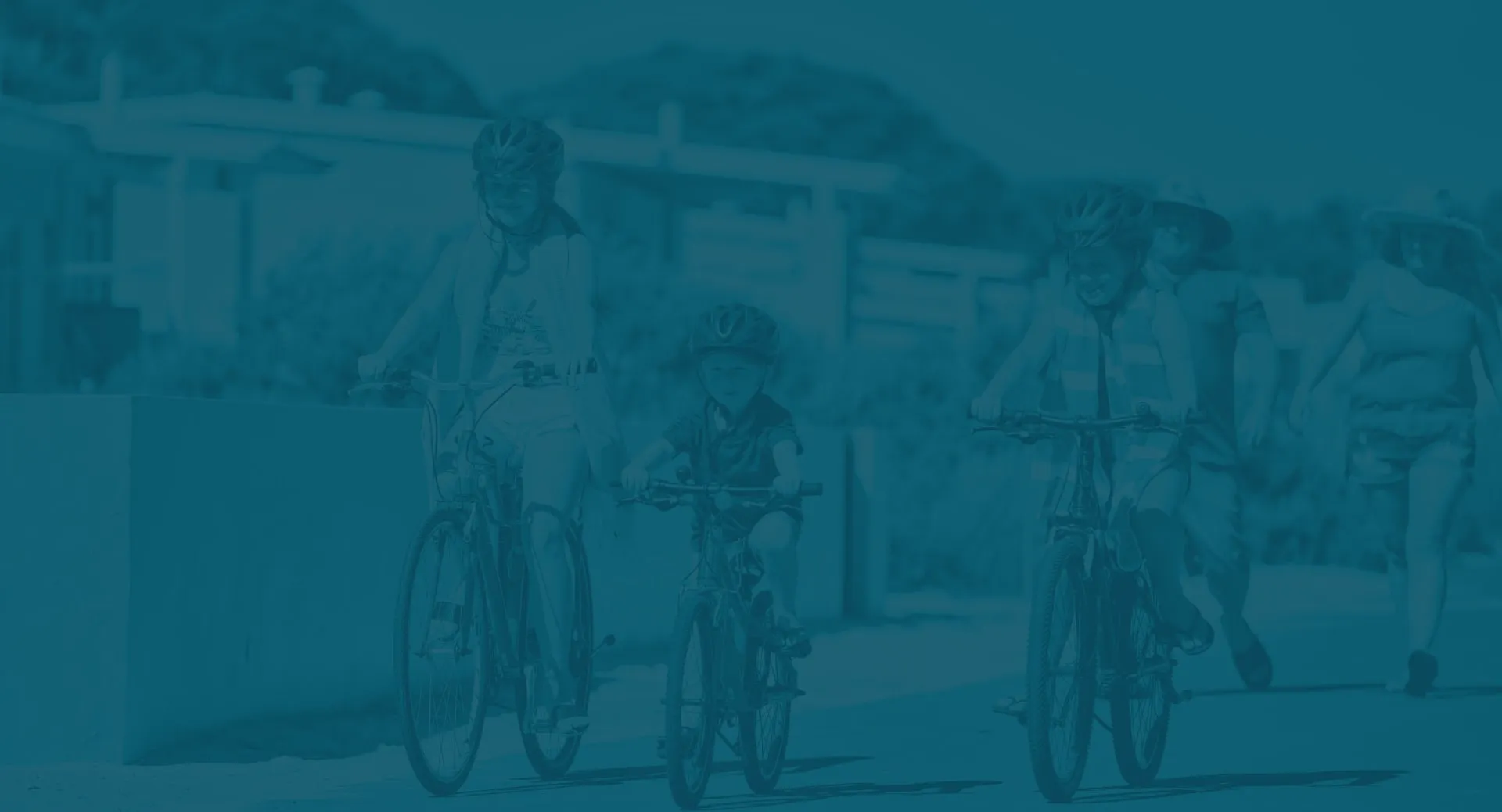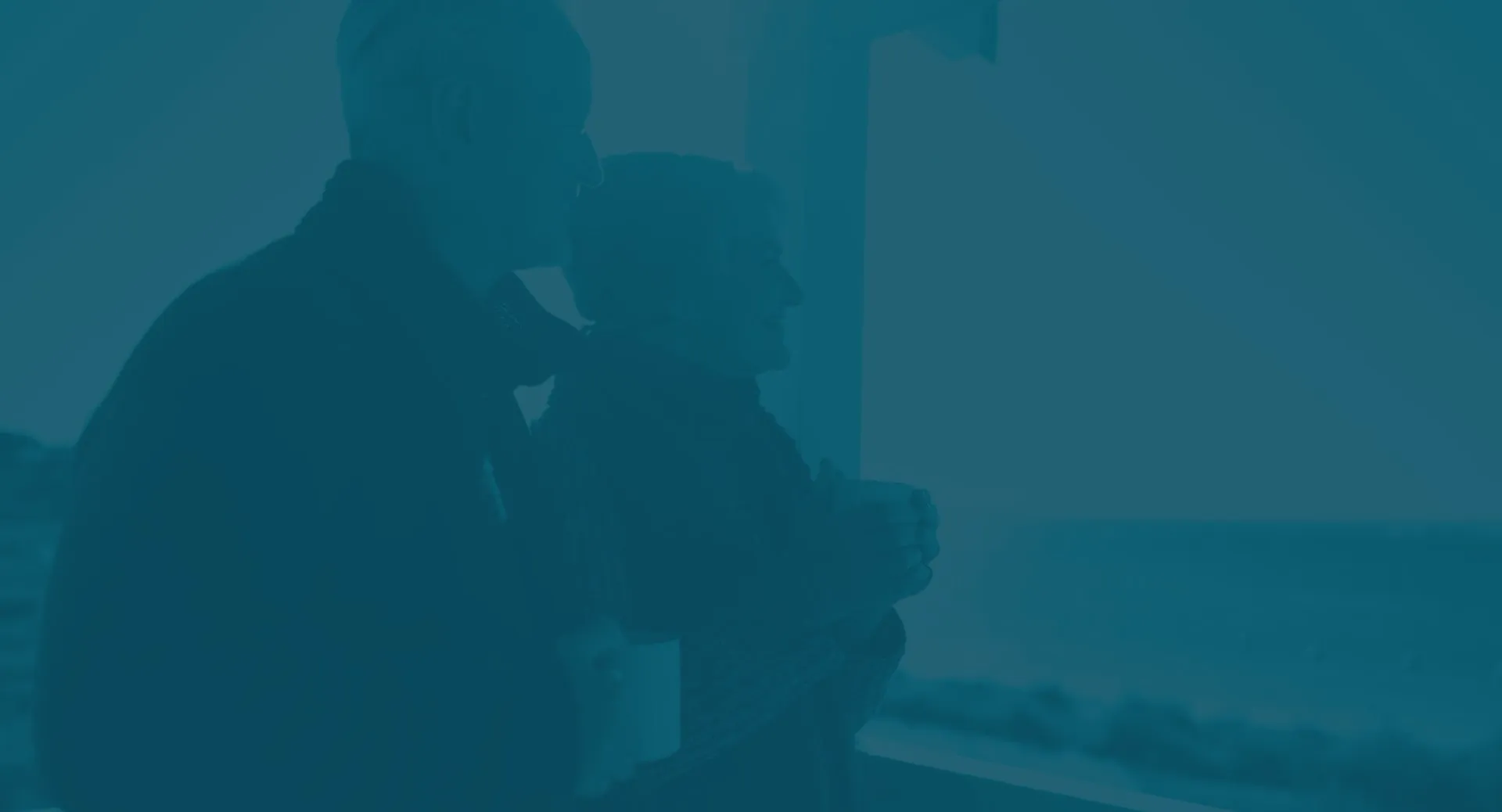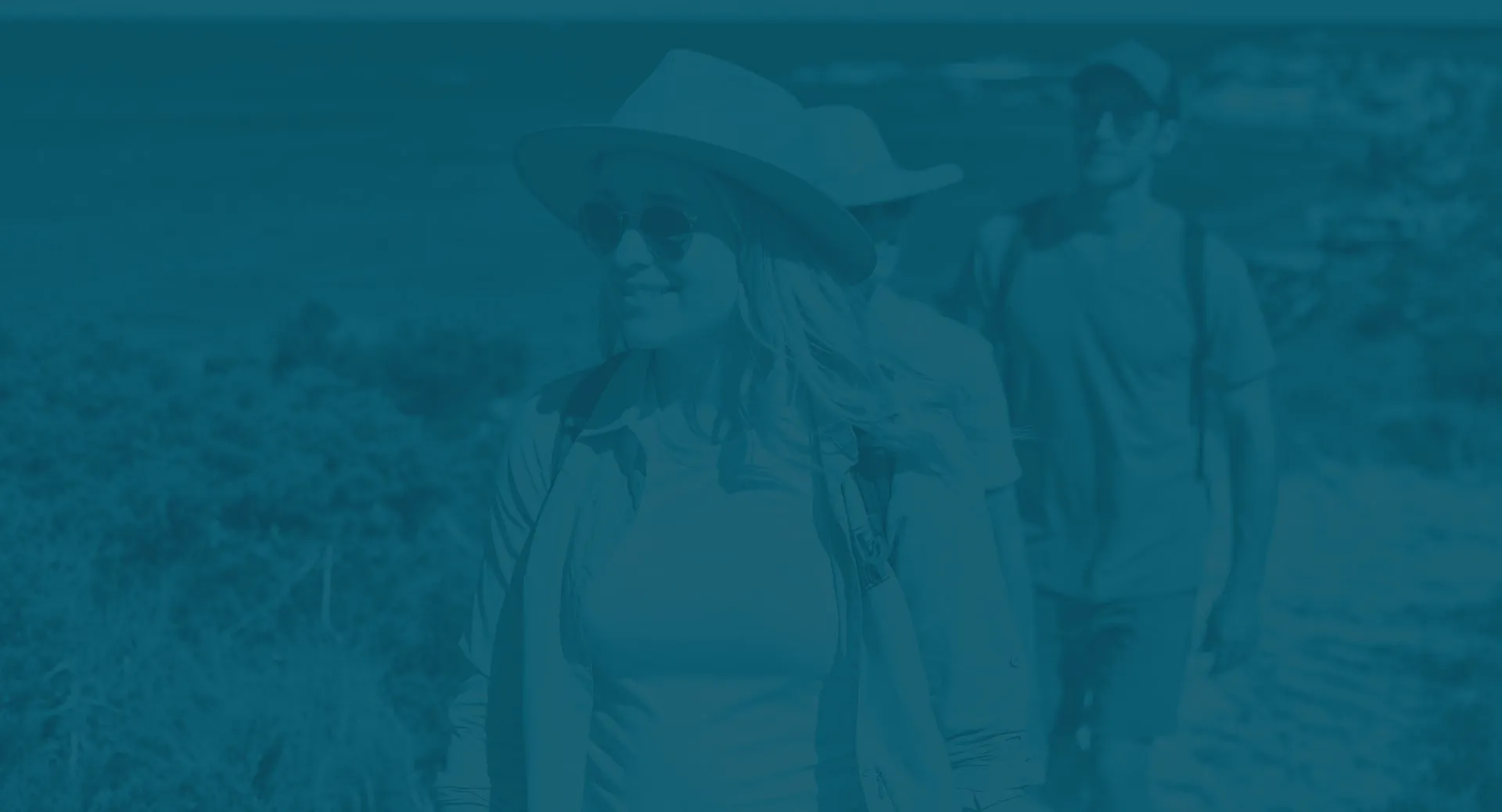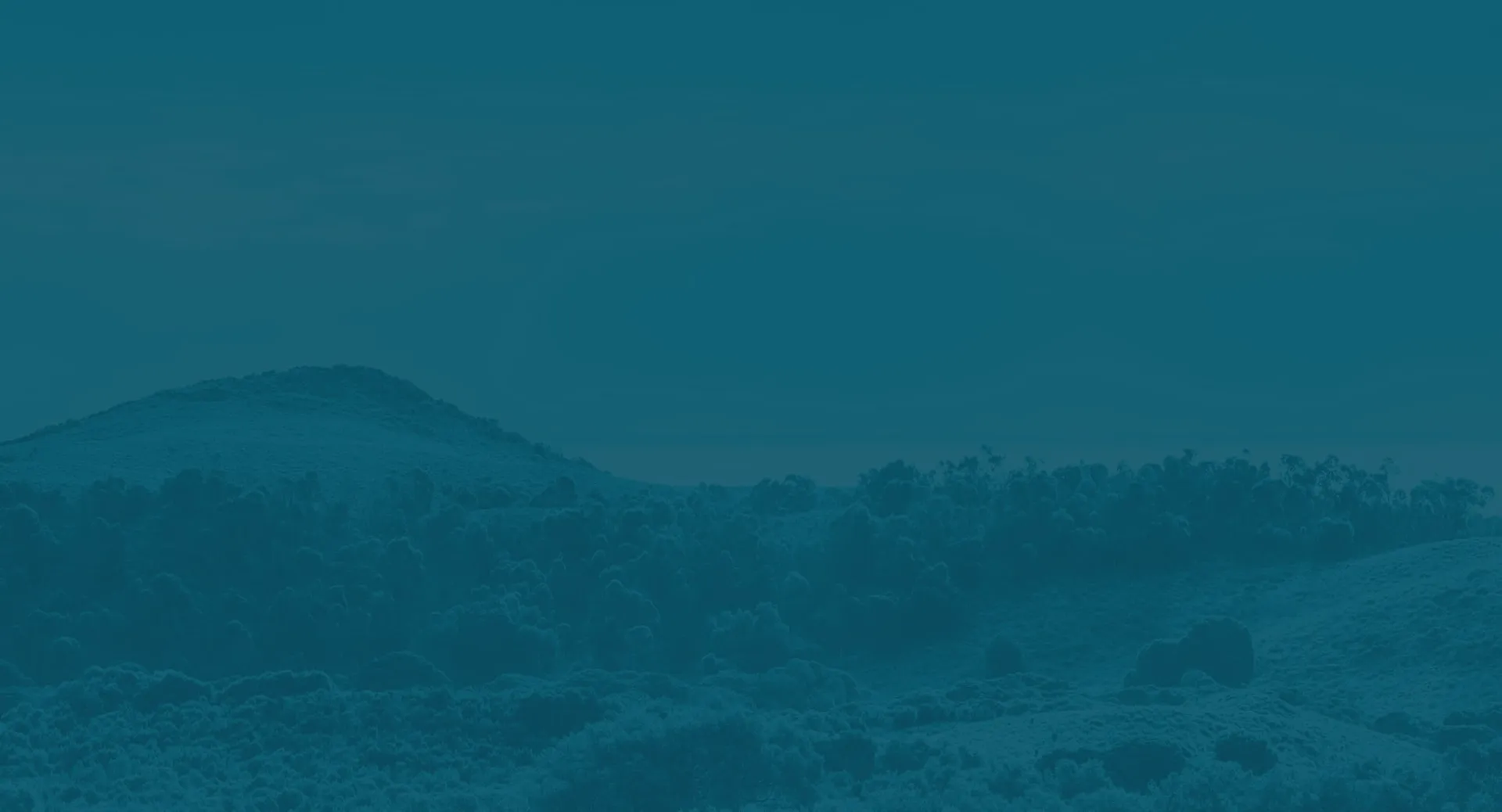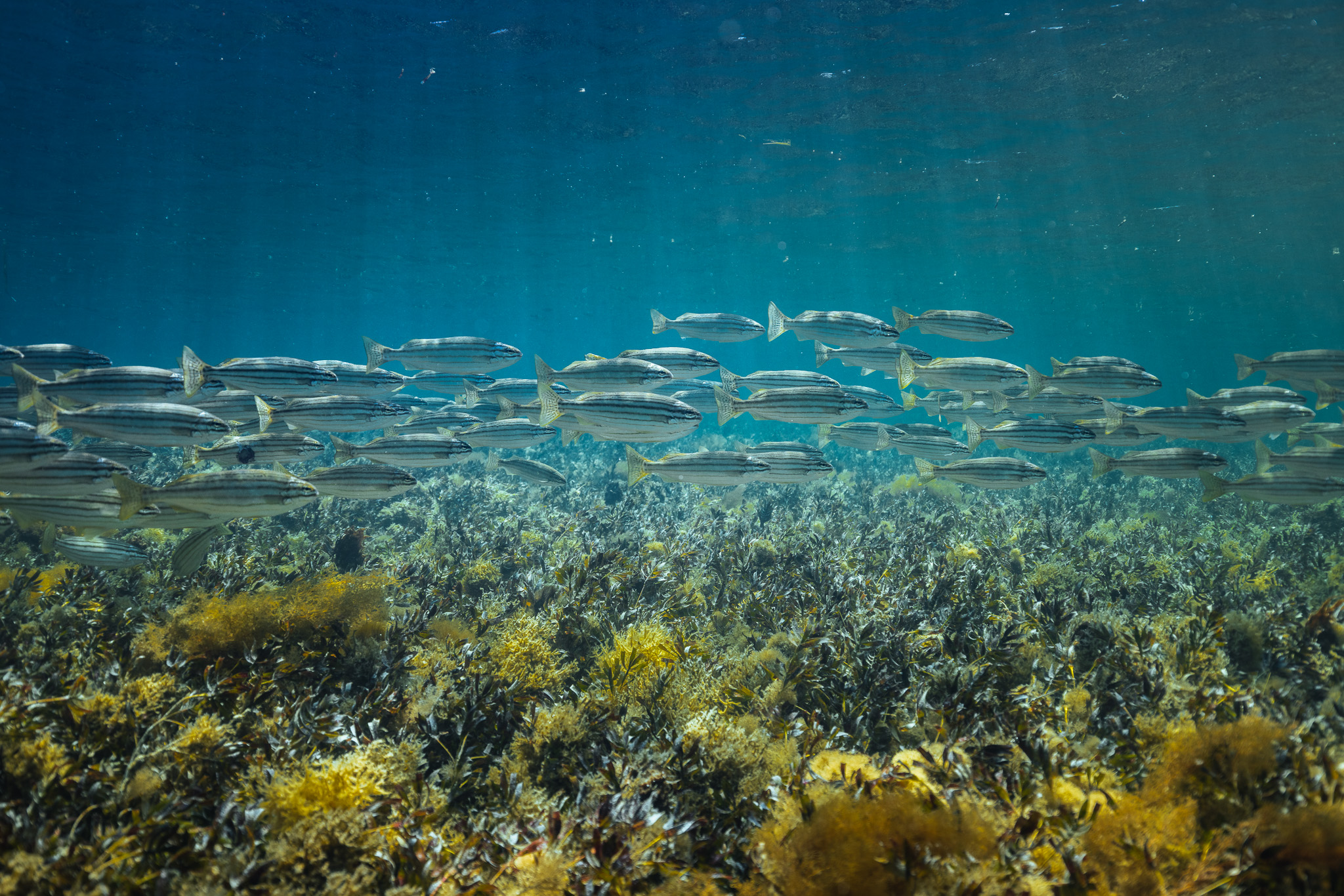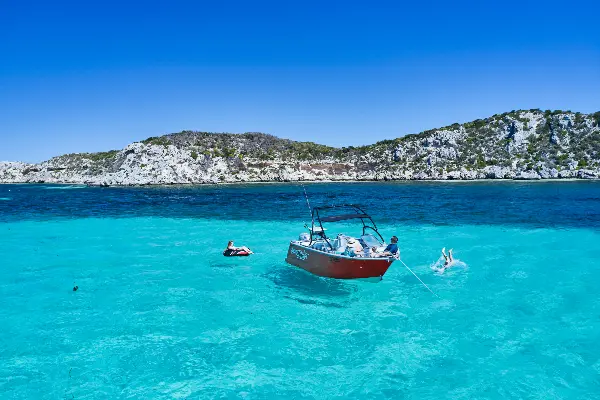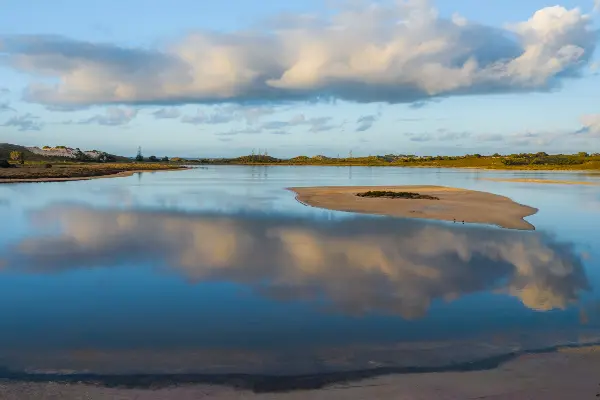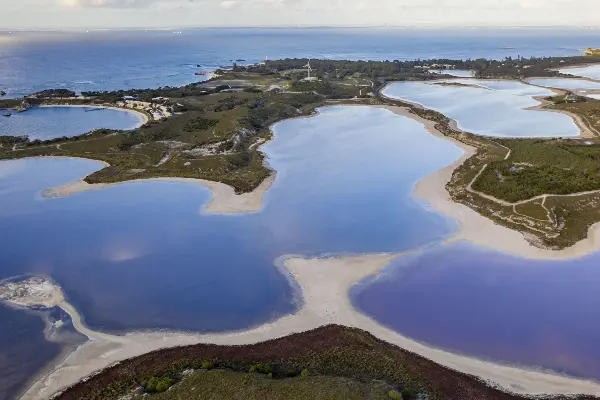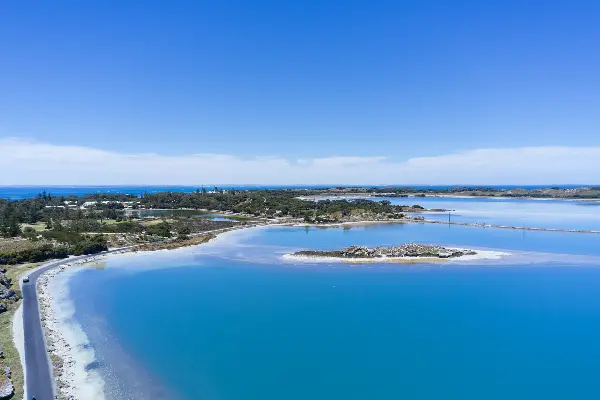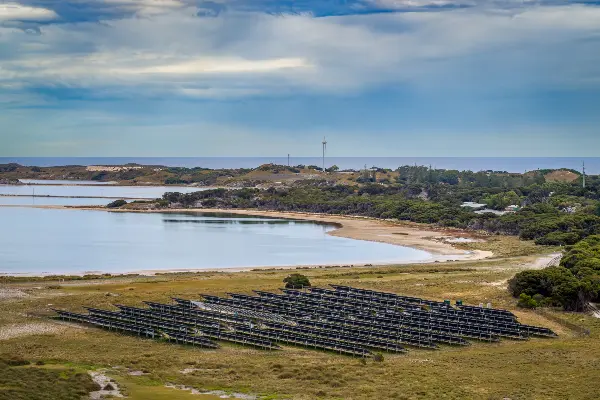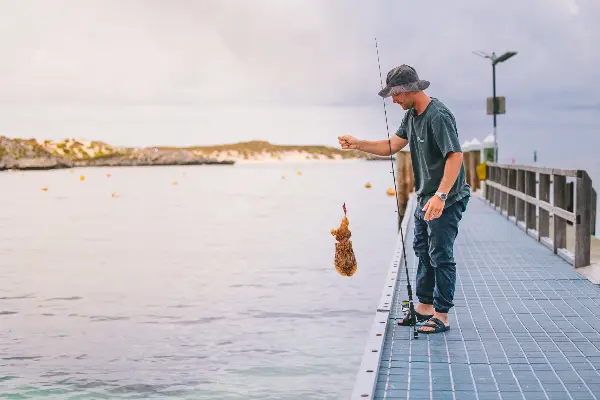
Are you planning on fishing?
Whether it’s from the beach, a jetty or a boat, there’s no shortage of great fishing spots around Rottnest Island. However, fishing can damage marine conservation efforts in some areas.
Take the time to get familiar with our sanctuary maps and the Recreational Fishing Rules for Western Australia before packing the fishing gear, as each marine sanctuary zone has a different set of fishing guidelines.
